
How to determine your cinch size 
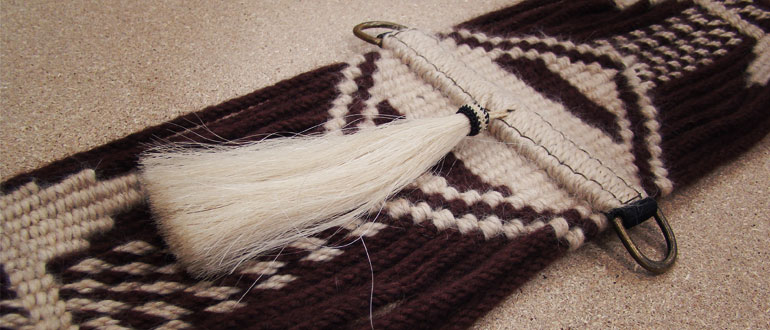
How to determine your cinch size: Measure your horse from the center of the underside of his chest in the girth area. Bring the tape up to just below the widest part of his ribcage (about 4" above and behind the elbow). Multiply this measurement by two and you will have a good idea of what size cinch your horse needs. Our Cinch sizes are crafted in 2-inch increments. A horse between 12 and 14 hands would most likely need a 22 inch cinch, 14 – 15 hands would need a 24 or 26, depending on how deep-bodied he is from withers to center of girth (or how chubby!), and then 28-30 for more round horses in the 15 hand range and 32-34 for large 16 – 18 hand horses. It is rare for a horse to need a cinch longer than 34, unless they are extremely large in stature. A horse requiring a cinch under 20 would be very small, indeed.
The cinch is measured from the inside outer ring of the flat brass buckle, which will hug the horse, not be bulky and not press uncomfortably on the exterior abdominal veins*, which carry blood flow from areas of the abdomen to the heart and lungs. Note: it is unwise to over-tighten your cinch, and your saddles should be well balanced and secure without doing so. Over-tightening the cinch is uncomfortable for your horse in the buckle/latigo area, plus puts undue pressure on the wither area. If you need to tighten more securely for extreme maneuvers such as cutting or roping, please do so for as short a time period as possible. In our experience, a shorter girth will actually help with saddle "roll" more than a longer cinch will. If you choose to use a cinch buckle "chafe" or cover, it is important to keep it clean of dried sweat and dirt, or it can be abrasive and cause cinch sores. 5Star western cinches are woven of natural mohair, which cleans easily and should remain soft and comfortable to the horse. It is always important, of course, for the rider to make sure that the cinch is lying flat against the horse's body and has no wrinkles or folds, and that the horse's skin is not folded nor pinched anywhere!
Cinch Fit: Is your cinch the right size for your horse? When you unsaddle your horse after a ride, if you notice a swollen/puffy place where your western cinch ring was located, it's not a good idea to ignore it, even if it goes away in a few minutes. Swelling in the area along your horse's side where your cinch buckle was located can be an indication that your cinch is too long for that horse and usually pulled too tight. Over tightening may be related to a saddle that does not fit the horse, or to a rider who braces hard in the stirrups for balance and worries about horizontal "roll" of the saddle. This situation is detrimental to the horse as well as the rider and can result in sore backs for both, as well as damage to the "heart girth" area of the horse's body. Behavioral problems in the horse are a natural phenomenon resulting from such discomfort.
Swelling can result from pressure on the exterior vein, which is a major vessel carrying blood to the heart and lungs. This vein follows a route from the abdomen along the outside of the rubs toward the shoulder, behind which it loops upward to pass behind the shoulder blade (scapula).
On the horse's side, just behind the front leg, there is a flat area. The vein loops upward above this area, and that is where the cinch ring should be positioned. Positioning the hard cinch ring directly on top of the vein adds pressure that traps blood, stresses the vessels, can harm the capillaries and result in bruising pressure damage to the soft tissue. 5Star has an assortment of different brass and stainless steel buckles. They are flat backed to disburse pressure better than the round ring type. However they still need to be placed correctly, not directly on the major vein.
When roping or in extreme riding conditions, a cinch will need to be tightened to the extreme for longer than necessary. Even though the cinch may be of a correct size for the horse, the latigo crosses the external abdominal vein and can block blood flow to cause vascular damage and bruising of the muscles and soft tissue.

The pad that set the standard!
5 Star Experiences

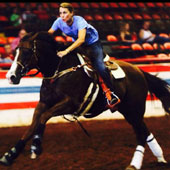
Tiffany Cox
I have two Five Star pads that I purchased for my barrel horse Popcorn. My old hand me down barrel saddle didn't fit correctly and he was sore in his back. The pad I purchased fixed the problem with my old saddle and made him very comfortable! They are beautifully made and very durable.
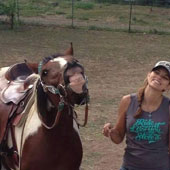
Mandee Fetzer
I love my 5 star pad because it literally makes my horse smile! It is the only pad I have used that truly fits my horse's back. Elvis would rear up and become upset when I used my other pad.
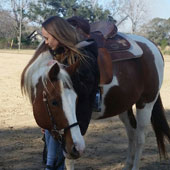
Michele Watson
Love the 5 Star Pads, it's the only pad we've used that does not compress down and ensures us our horses are riding in comfort from barrels to trails.
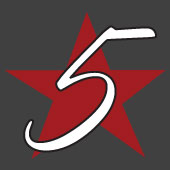
Ashley & Haley Janssen
Janssen Barrel Horses
I recommend your products to everyone I meet. I honesty will NEVER go back to using impact gel, because they made my horses sore and hindered their performance. Thanks for providing the horse industry with a pad they can trust for the next years to come.

Tracy Robertson
My Husband recently bought me a 5 Star saddle pad for Christmas. I could tell as soon as I pulled it out the box it was very different from any other saddle pads I had purchased. A good different!! I'm anxiously awaiting to buy me a liner to start riding it! Thank you 5 star for my Christmas!




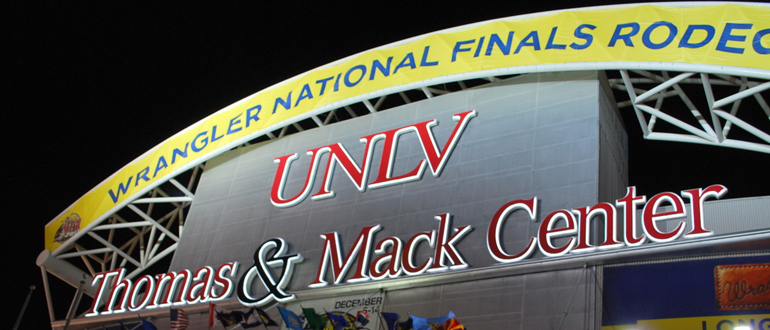






Comments